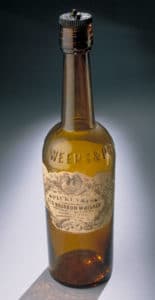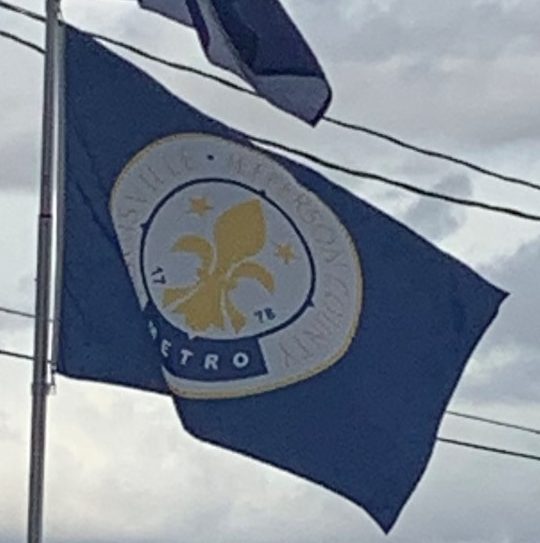Since the late 1990s, Downtown has experienced significant residential, tourist and retail growth, including the addition of major sports complexes KFC Yum! Center and Louisville Slugger Field, conversion of waterfront industrial sites into Waterfront Park, openings of varied museums, and the refurbishing of the former Galleria into the bustling entertainment complex Fourth Street Live!, which opened in 2004.
Geography:
Louisville and Jefferson County have a combined area of 397.68 square miles, of which 380.46 square miles is land and 17.23 square miles is covered by water.
Louisville is southeasterly situated along the border between Kentucky and Indiana, the Ohio River, in north-central Kentucky at the Falls of the Ohio. Although situated in a Southern state, Louisville is influenced by both Southern and Midwestern culture. It is sometimes referred to as either one of the northernmost Southern cities or as one of the southernmost Northern cities in the United States.
Louisville is located in Kentucky’s outer Bluegrass region. Its development has been influenced by its location on the Ohio River, which spurred Louisville’s growth from an isolated camp site into a major shipping port. Much of the city is located on a very wide and flat floodplain surrounded by hill country on all sides. Much of the area was swampland that had to be drained as the city grew. In the 1840s, most creeks were rerouted or placed in canals to prevent flooding and disease outbreaks.
Areas generally east of I-65 are above the flood plain, and are composed of gently rolling hills. The southernmost parts of Jefferson County are in the scenic and largely undeveloped Knobs region, which is home to Jefferson Memorial Forest.
Economy:
Louisville today is home to dozens of companies and organizations across several industrial classifications. However, the underpinning of the city’s economy since its earliest days has been the shipping and cargo industries. Its strategic location at the Falls of the Ohio, as well as its unique position in the central United States (within one day’s road travel to 60% of the cities in the continental U.S.) make it a practical location for the transfer of cargo along its route to other destinations. The Louisville and Portland Canal and the Louisville and Nashville Railroad were important links in water and rail transportation.
Louisville’s importance to the shipping industry continues today with the presence of the Worldport global air-freight hub for UPS at Louisville International Airport. Louisville’s location at the crossroads of three major interstate highways (I-64, I-65, and I-71) also contributes to its modern-day strategic importance to the shipping and cargo industry. In addition, the Port of Louisville continues Louisville’s river shipping presence at Jefferson Riverport International. As of 2003, Louisville ranks as the seventh-largest inland port in the United States.
Louisville is a significant center of manufacturing, with two major Ford plants, and the headquarters and major home appliance factory of GE Appliances. The city is also a major center of the American whiskey industry, with about one-third of all bourbon coming from Louisville.

